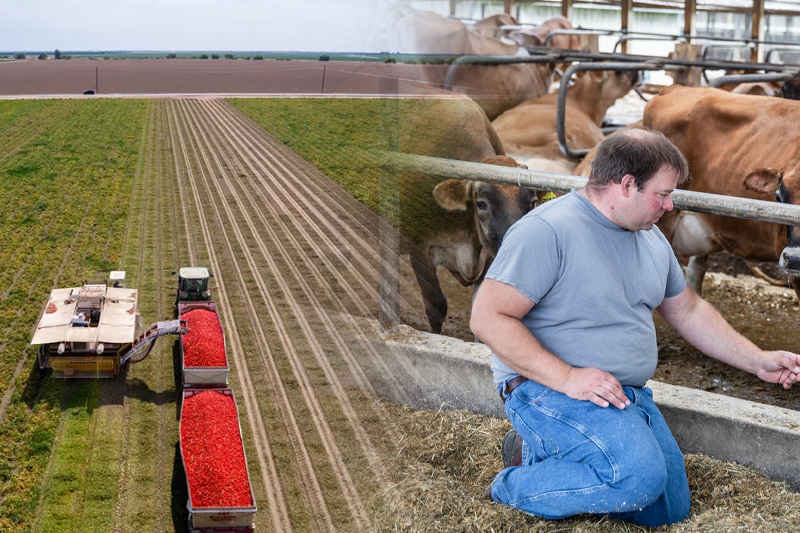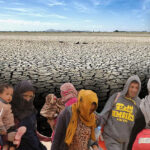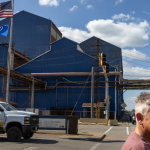
american farmers are killing their own crops and selling cows because of extreme drought
 US – The American Farm Bureau Federation conducted a survey among farmers, after which it became known that almost three-quarters of American farmers say that this year’s drought has damaged their crops, leading to significant losses in crops and income.
US – The American Farm Bureau Federation conducted a survey among farmers, after which it became known that almost three-quarters of American farmers say that this year’s drought has damaged their crops, leading to significant losses in crops and income.
This year’s drought is taking more of a toll than last year, with 37% of farmers saying they are plowing and destroying existing crops that won’t mature due to dry conditions. According to the survey, this is a jump from 24% last year.
According to the National Center for Environmental Information, July was the third hottest month on record in the US. The USDA Weekly Weekend Weather and Crop Bulletin for August 6 reported that a sharply worsening drought had engulfed the central and southern plains and the mid-south, depleting the topsoil and putting significant stress on pastures, pastures, and various spring crops.
Related Posts
The AFBF estimates that nearly 60% of the western, southern, and central plains are experiencing a severe or more severe drought this year.
The study found that in California, a state with a high yield of fruit and nut trees, 50% of farmers said they had to remove trees and perennial crops due to drought, which would affect future income. And 33% of all U.S. farmers said they had to do the same, nearly double what they did last year.
Farmers in Texas are being forced to sell their herds earlier than usual due to severe drought as water sources dry up and grass burns. Farmers in Lone Star State reported the most significant reduction in herd size, at 50%, followed by New Mexico and Oregon with 43% and 41%, respectively.
Access to water for livestock has been a key concern for farmers and ranchers this year, with 57% reporting local restrictions on water use, up from 50% of farmers last year.
And also the general background is affected by high inflation preventing ranchers from saving their land. The cost of diesel fuel is declining but still high, making it much more expensive to ship additional volumes of water than in previous years. Prices for grass and crop fertilizers and animal feed also remain expensive.













